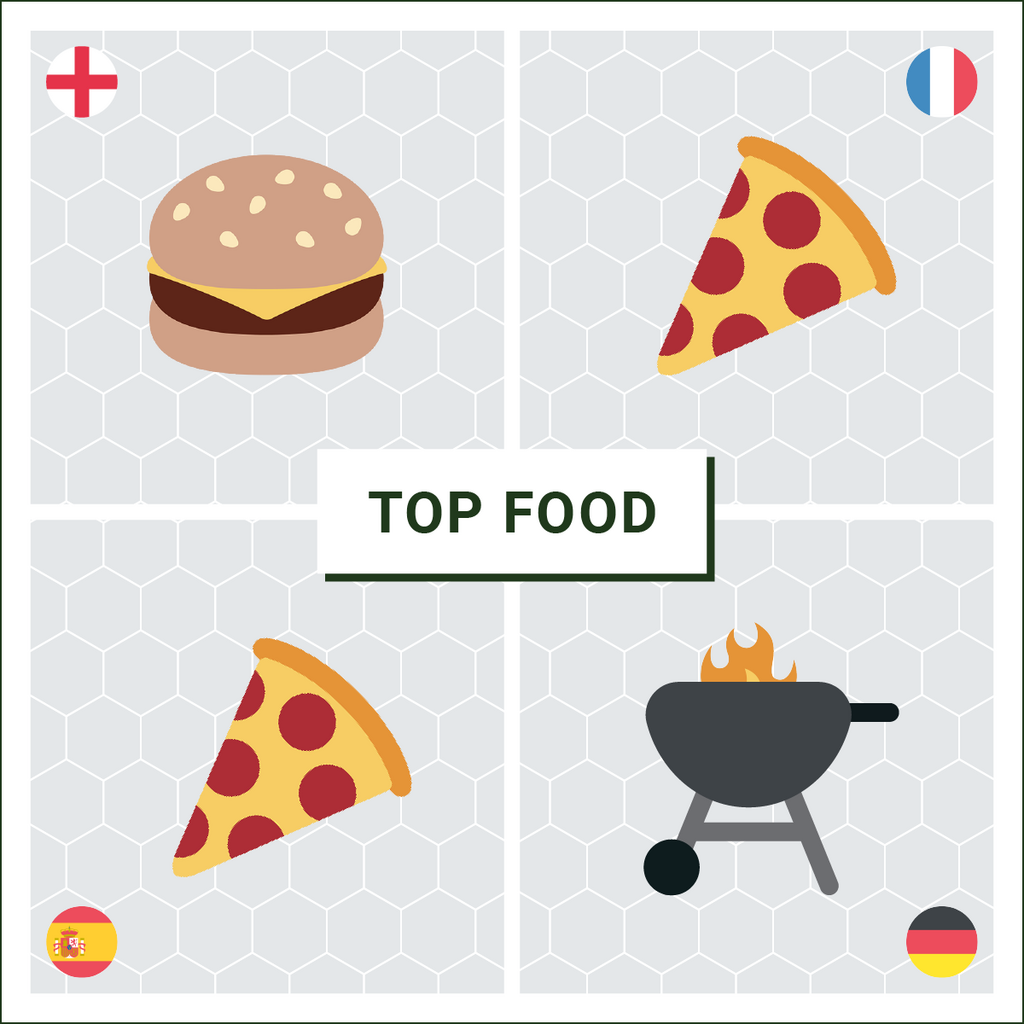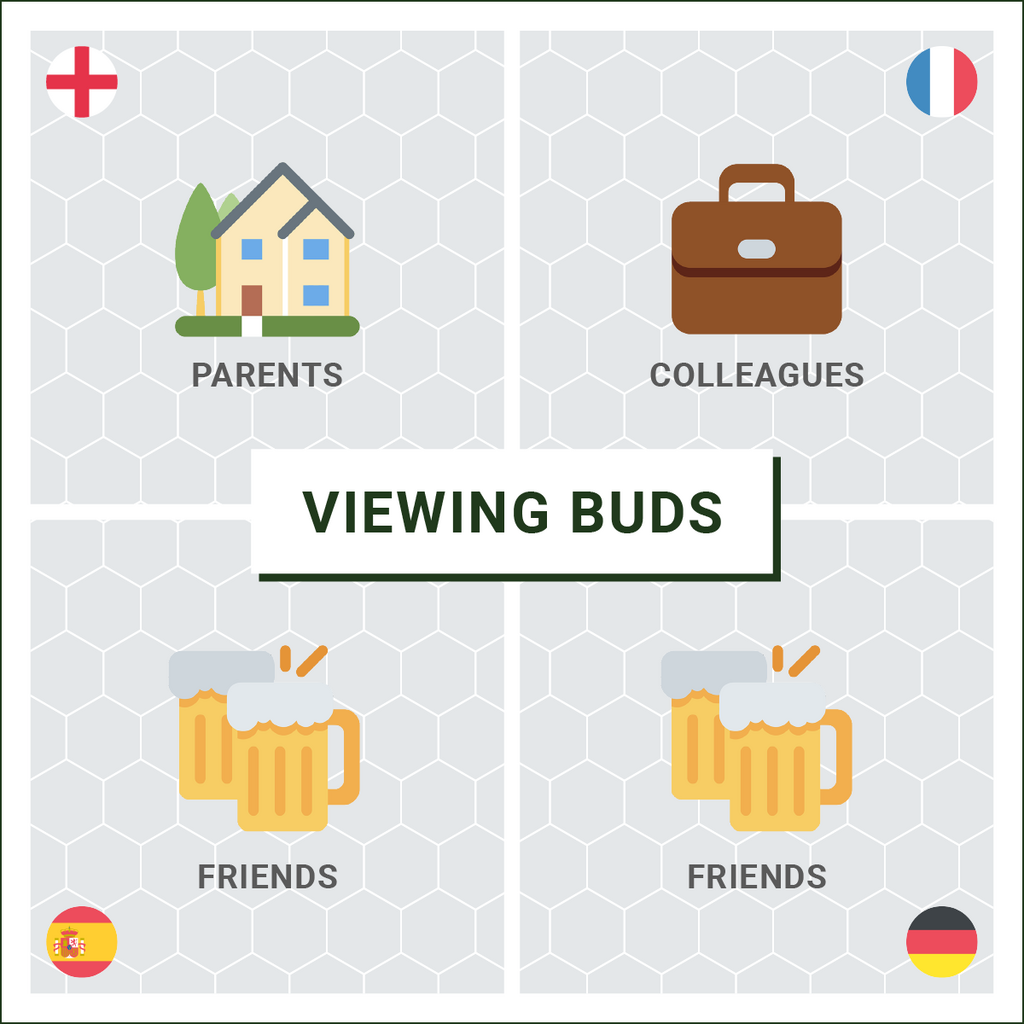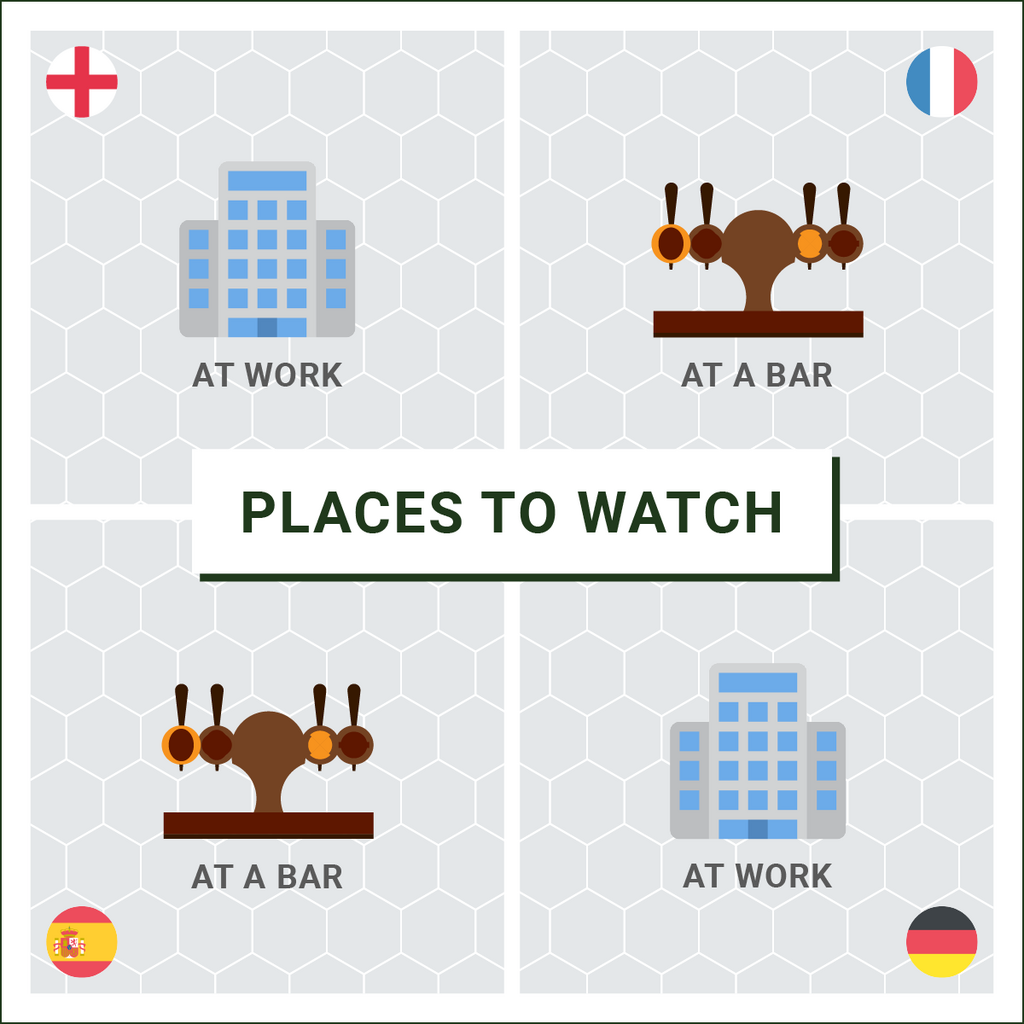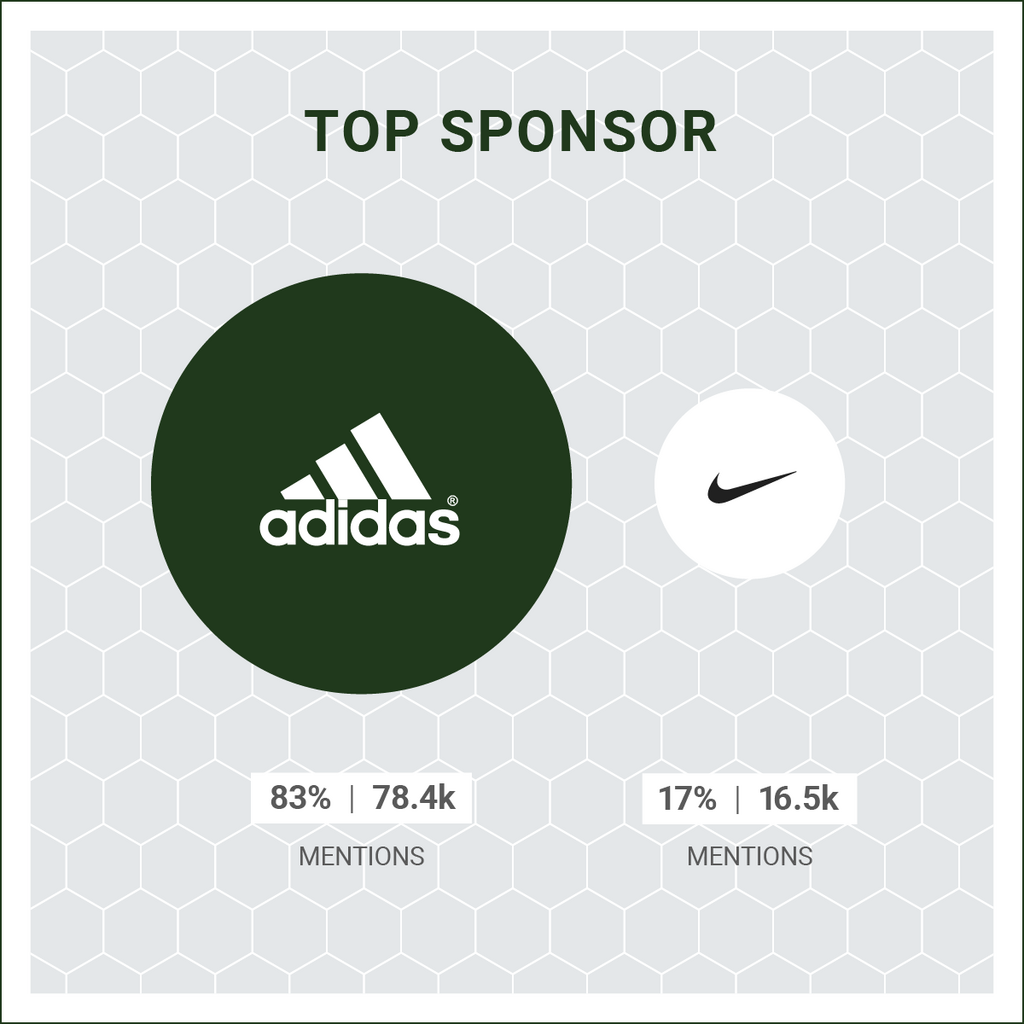Report
The Men’s Football Report
Brandwatch analyzes social data on sponsors, big moments and consumer behaviour during the 2018 Men's World Cup.
The 2018 Men's World Cup has finally closed — and France is victorious. As the fans head home and normality resumes, one thing lives on. The data.
In this report we'll take you through essential stats like player-related online conversation, our analysis of consumer behaviour, and how the various sponsors did on social.
All the data in this report is from Twitter.
Essential stats
To start with we looked at some of the key stats in the English language conversation.
With so many mentions, there were plenty of insights to glean. We began by looking at the top mentioned player, moment, emoji and countries between 14 June and 15 July 2018.
In order to find the biggest players, countries and emojis we used Brandwatch’s new topic cloud which was able to provide us with the information after just a few clicks. We calculated the top moment by looking at the hour with the most mentions in the English language conversation, then zoomed into the minutes to see what was driving it. The moment France won the World Cup was the biggest.
Brazil striker Neymar Jr was the top mentioned player but not necessarily for the best reasons. His ability to roll was one of them.
We were also able to look at the top player, emoji, country and moment in the German, French and Spanish Twitter conversations with the help of our international content team.
While English, Spanish and French tweeters all shared the France win as the biggest moment, German tweeters were most hung up on their loss 😬



All languages we studied had a number 10 as their most-mentioned player.
Consumer behaviour
We were really keen to understand the ways people were behaving while they were watching the World Cup. Along with our French, Spanish and German colleagues we were able to take an international look at these conversations and discover little differences in how people speaking those languages were talking about their World Cup experiences.
Each of our teams created queries that covered a multitude of World Cup related phrases and hashtags in our own languages. We then searched for phrases relating to popular food or drink (etc) within each of our cultures to find the ones with the most mentions.
What are people eating?
The English language conversation was meaty, with burgers the top-mentioned food we tracked.
Meanwhile, French and Spanish speakers favored pizza and the German conversation was centred on barbecued foods.
What are people drinking?
Surprise, surprise. It’s beer!
This chart is particularly hilarious given that beer was often in short supply in Russia. “We just didn’t think they would only want beer,” one waiter was quoted in Esquire.
While we weren’t enjoying a nice cool pint of lager (or bière), the English and French speaking tweeters talked about sipping on water. Spanish speakers had fizzy drinks as their second beverage of choice, while German speakers were talking about drinking vodka. Prost!
Who were people watching with?
Since a lot of Brandwatchers watched games together we were interested to see how the tweeting public were enjoying the game. Alone? Out with workmates?
In French speaking conversations people seemed to enjoy the company of their colleagues.
Meanwhile “amigos” and “freunde” (friends) were the biggest groups we found in Spanish and German conversations.
In English speaking tweets, parents seemed to be the most prominent group of people to enjoy the games with.
Where did people watch the games?
The physical space where you watch a game can have a big impact on your experience. Home alone is very different to going to a packed out bar.
The bar is exactly where Spanish and French speakers appeared to enjoy watching the World Cup the most.
Fairly surprisingly, it was the workplace that was the most common setting featured in English and German language tweets. It appeared that people weren’t ashamed of watching matches while at their desks and didn’t mind sharing that information on Twitter. We hope their bosses didn’t catch them!
Sponsorship
The World Cup offers an enormous opportunity for brands to get seen by millions of people so, naturally, sponsorship isn’t cheap.
We wanted to examine how two sponsorship heavy weights, Adidas and Nike, got on by using Image Insights to see which logos appeared more in World Cup-related conversations. Here we looked solely at English language conversation on Twitter.
The results surprised us.
Adidas sponsored 12 kits in the World Cup, while Nike sponsored 10. You might expect Adidas to do well. That said, the final (FRA v CRO) featured two Nike sponsored kits. You’d expect that to give Nike a good boost.
While we were expecting a 50/50 split between the two teams, it was far from it. Adidas ruled.
Of course, there’s more to World Cup sponsorship than kits. Adidas, as an official partner for the FIFA World Cup, had all kinds of opportunities to get their logo photographed and shared.



In the sense that they beat their competitor Nike hands down, it looks like money well spent.
Summary
So what have we learned from the data surrounding the 2018 World Cup?
Firstly that it’s still an enormous event on social media and that, regardless of language and allegiance, the final is the biggest event.
We’ve learned that each country celebrates and enjoys the World Cup in their own way, although beer is definitely a common theme. Analyzing subtle differences like these can help brands plan out their content and campaigns within different regions.
And we’ve learned that, while many people talk about the decline of television audiences, social media is very much making up for getting eyes on sponsors’ logos. Social listening and, in particular, Image Insights are one way brands can measure the ROI of their sponsorships.
Special thanks to our French, Spanish and German colleagues for helping us out with this data analysis.





